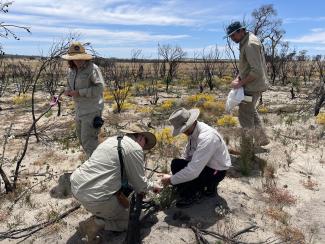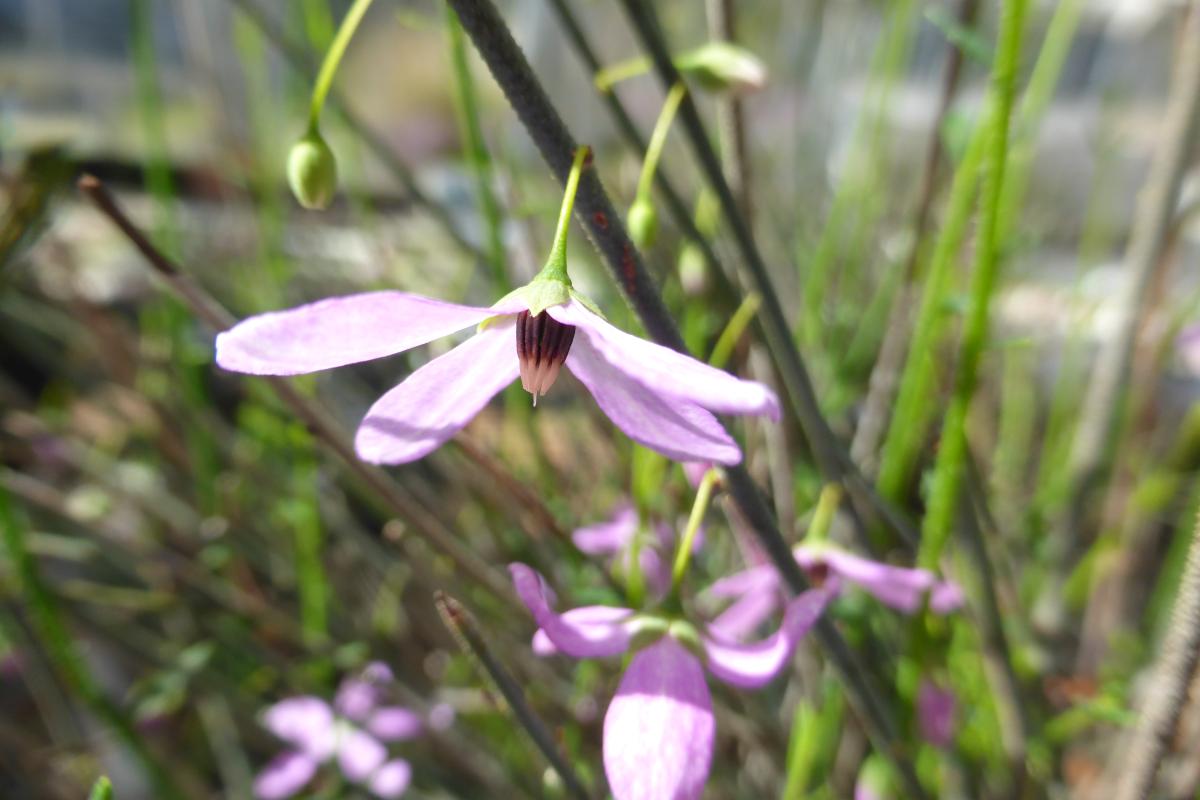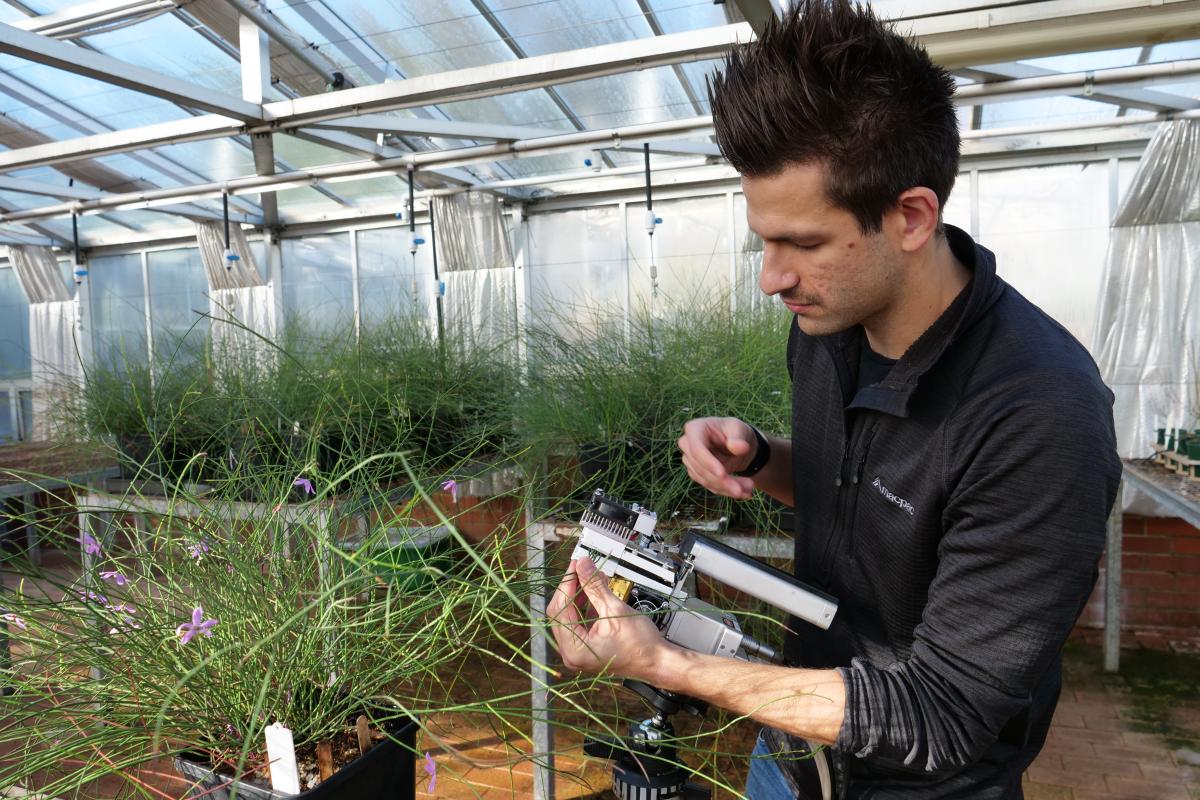How and where plants survive
With approximately 13,000 plant species only occurring in Western Australia and nowhere else on the planet, their conservation depends on our ability to understand how and why these plants have found their home in our state.
At Kings Park, we are working to understand the physiological mechanisms that enable plants to cope with the various challenges they face in their environment and identify ways to enhance survival and productivity in a rapidly changing world.
Did you know?
Western Australia is home to approximately 13,000 species of plants, with more than 60% of these being found nowhere else in the world.
Many of our threatened plant species are adapted to unique landforms and geologies, such as banded ironstone formations, some of which are over millions of years old. In addition, species are often exposed to climate extremes, ranging from unpredictable rainfall to intense summer temperatures.
Bloom or bust: how the environment impacts survival
Studying the physiology—or the ‘form, function and behaviour’ of plant species - helps us understand the pattens and processes underpinning species’ resilience or vulnerabilities.
One of the aims of Kings Park Science is to understand the physiological mechanisms underpinning the growth, establishment and reproduction of plants and how they respond to environmental and climate change.
Our research involves conducting surveys and experimental trials both in the field and in laboratory contexts that determines species’ performance and tolerance to a range of conditions related to biological, chemical, or physical factors.
Currently we are applying ecophysiological techniques across a diverse suite of landscapes, ecosystems and ecological contexts. Our research contributes to the growing knowledge base of ecophysiology for our unique and endemic Western Australian flora and develops insights into:
- Drought resistance
- Thermal tolerance
- Recruitment strategies
- Spatiotemporal variation in water-use
- Functional traits and productivity
On the origin of species: predicting distribution
Species Distribution Models (SDMs) are mathematical models that use environmental data and species occurrence records to predict the potential geographic distribution of species. SDMs are used to help us understand where plant species are likely to occur, and to provide insight into the underlying ecological mechanisms that drive distribution patterns. This can include information about the relative importance of different environmental characteristics, including climatic, edaphic, and topographic variables, and how these interact to create suitable habitats for species.
‘Location, location, location' : prioritising conservation efforts
The information obtained through SDMs is then used to prioritise conservation efforts, inform land use planning, and develop management strategies to ensure the persistence of species. It’s also used to identify locations that are likely to be important to a plant’s survival or demise.
We specialise in using this approach in conjunction with physiology, for short-range endemics, rare or threatened species as these species face unique challenges, such as limited gene flow, small population sizes, and high susceptibility to environmental stress.
Teasing apart the relationship between how and where a plant survives is not only fascinating science but enables us to make ecophysiologically informed decisions for a variety of conservation, restoration, translocation and other land-use management initiatives across Western Australia.


